fibrosarcoma in cats mouth
Lethargy or lack of energy. In the beginning the lump wont be painful but if untreated and.
Oral Tumors In A Cat In Southwest Florida
Oral fibrosarcomas are the second most common malignant oral tumor in cats.

. Fibrosarcoma in cats results in malignant tumors in the connective tissue and epidermis. If you notice anything out of the ordinary with your kitty make sure you get it checked out right away. Weight loss and loss of appetite.
At a younger age with a median of 73 to 86 years. What is a fibrosarcoma. In-depth Information on Bone Fibrosarcoma in Cats.
Oral fibrosarcoma is the second most common oral tumor in cats and the third most common in dogs. Fibrosarcoma is an uncommon type of cancer to affect the bone. There is no breed or sex predilection.
These tumors may spread to the underlying bone causing pain. Fibrosarcoma is a locally aggressive cancer of the soft tissues typically skin that is relatively common in cats. Cats can develop symptoms as a side effect of a vaccination which then develops into more concerning symptoms signaling that something isnt right.
A tumor in the mouth is a development of abnormal cells. An oral tumor is an abnormal growth of cells. Fibrosarcoma Soft Tissue Sarcoma.
They arise as masses in the mouth more commonly than in the legs. These tumors are seen more commonly in dogs than cats and are seen in all ages although it is most. In rare cases though the cancer can be found in the bones of both animals.
Some tumors may grow slowly and do not typically spread called benign while others will act aggressively called malignant. The most common location for a fibrosarcoma of the the mouth is in the gums gingiva. They are most commonly associated with the rabies vaccine and the vaccine for feline leukemia virus.
1318-2154 In dogs oral fibrosarcoma tends to occur in large breed dogs particularly golden and Labrador retrievers. Radiotherapy and chemotherapy are two of the most common. Cats that are afflicted with gingival fibrosarcomas are on average seven and a half years old but these tumors have been seen in cats from the age of six months to fifteen years.
A potential sign is that the tumor does not resolve itself and instead grows. Eventually as the cancer progresses cats with fibrosarcomas will develop these symptoms. The virus disrupts the genome and causes chromosomal changes.
They are the most common type of soft-tissue sarcoma tumors in cats and are also frequently observed in dogs. As cats age they sometimes develop growths in their mouths. A cats mouth similar to our own is made up of several different cell types.
These tumors arise from the fibrous and connective tissues of the oral cavity. Skin cells bone cells fiber cells. Nasal and paranasal sinus fibrosarcomas are slow growing progressive invasive tumors of the nose nasal cavity and surrounding communicating recesses.
Fibrosarcoma is often caused by a tumor that forms at the injection site of a vaccine. There are three causes of fibrosarcoma. Not all of these tumors are cancerous.
The average age of affected cats is 13 years but they may occur as early as one year of age. Feline sarcoma retroviruses recombinant forms of feline leukemia virus - FeLV may initiate fibrosarcoma development in young cats and where there are multiple tumors in cats of more than five years of age. Call 530-752-1393 to schedule an appointment with the Oncology Service.
Feline fibrosarcoma is an aggressive form of feline cancer. It originates in the fibrous connective tissue and is the most common soft tissue tumour to affect cats. And with a possible male predisposition.
These tumors arise from the connective and fibrous tissues of the oral cavity. A fibrosarcoma FSA is an aggressive type of malignant growth cancer that consists of fibroblasts. Gender appears to play some role with male cats being seen for gingival tumors more often that female cats.
Vaccine associated fibrosarcomas are tumors that arise at sites where cats have been vaccinated. Treatment involves surgical removal of the tumors and radiation treatment may be considered if surgery is incomplete. Oral masses in cats may be caused by inflammation infection or even trauma.
They are often very difficult to distinguish from the more common bone cancer osteosarcoma when small biopsy samples are evaluated. Nasal and Paranasal Sinus Fibrosarcoma in Cats. All of which can become cancerous eg skin cells bone cells fibrous cells.
The vet said we should send him to a specialist and have half his jaw removed. One type of growth is a fibrosarcoma a cancerous growth derived from fibrous connective tissue. When tumors grow slowly and dont spread they are called benign.
Oral fibrosarcoma will often look surprisingly benign. These cancers form from the fibroblasts cells that produce fibrous tissue and other supporting tissues most commonly arising beneath the skin. They commonly present as gradually enlarging firm masses under the skin.
The cause has not been established although. Fibrosarcomas also known as fibroblastic sarcomas are malignant tumors derived from the fibrous connective tissue. The most common oral cancer in the cat by far is squamous cell carcinoma.
Oral fibrosarcomas are the second most common mouth tumors in cats Oral fibrosarcomas are the second most common mouth tumors in cats but they still only represent approximately one in ten oral tumors. Fibrosarcomas form in the skin subcutaneous tissue the layer underneath the skin or oral cavity mouth. Following removal of fibrosarcomas from the pinna or flank in 6 cats none died as a result of.
Fibrosarcomas are cancerous tumors that develop on the soft tissue under a cats skin. It is a rare vaccine-induced form of cancer meaning that the tumors of fibrosarcoma form in response to a vaccine that your cat is given. There are several different types of tumors that can develop in the mouth of a cat.
They arise as masses in the mouth more commonly than in the legs. Forty-four cats from which fibrosarcomas had been excised were studied for a minimum of 3 years of until death. The earlier you can receive a diagnosis the better for you and your pet.
Fibrosarcomas are the second most common oral tumor in cats. The lump will likely be located on the hip back or shoulder blades and will be hard to the touch. Two factors tumor site and mitotic index were found to be of prognostic significance but tumor size duration of growth and histologic appearance were not.
Fibrosarcomas are relatively low in malignancy growing slowly and generally not spreading to other organs though they do aggressively invade other tissue and. Most older cats have immunity to the virus so in older cats solitary. If you notice a lump on your cat especially around a vaccination site a fibrosarcoma may be to blame.
As with other tumors the cause is unknown. These tumors are very invasive locally meaning they invade the adjacent tissues which can make management difficult. There are a variety of cell types in a cats mouth just like our own and all can become cancerous eg.
Fibrosarcomas are common in older cats. Approximately 70 of oral tumors in cats are squamous cell carcinomas. He has a tumor near his canine.
If they do they are labeled malicious. The degree of malignancy of these tumours varies some are highly.

Advice On Some General Comfort Measures For My Dog With A Fibrosarcoma R Askvet
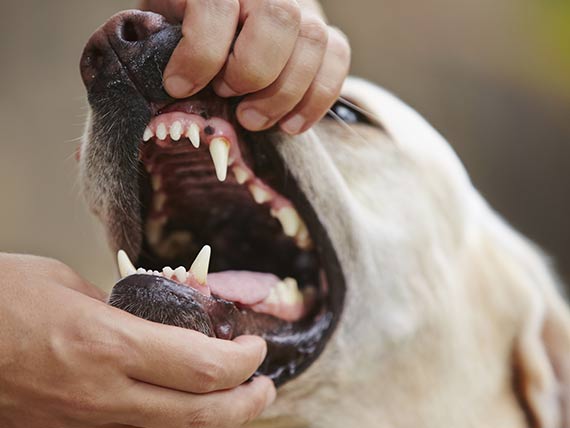
Oral Tumors In Dogs Oral Tumors In Cats Petmd

Oral Cavity Diseases Catwatch Newsletter

Introduction To Oral Neoplasia In The Dog Cat Today S Veterinary Practice
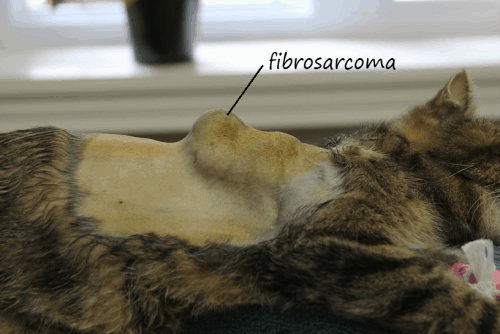
Managing Fibrosarcoma In Cats And Dogs Mommy S Memorandum
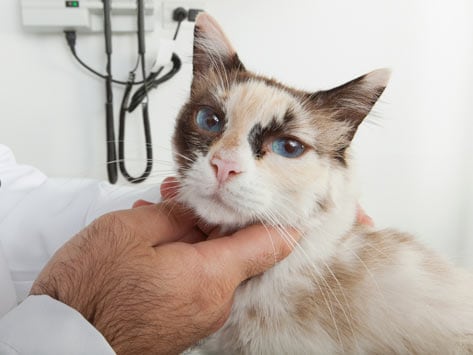
Mouth Cancer Gingiva Fibrosarcoma In Cats Petmd
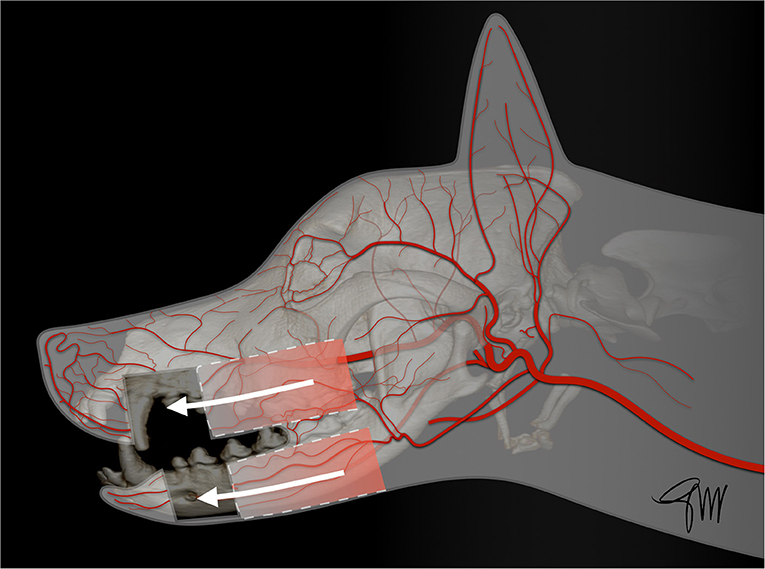
Frontiers Locoregional Flap Reconstruction Following Oromaxillofacial Oncologic Surgery In Dogs And Cats A Review And Decisional Algorithm Veterinary Science
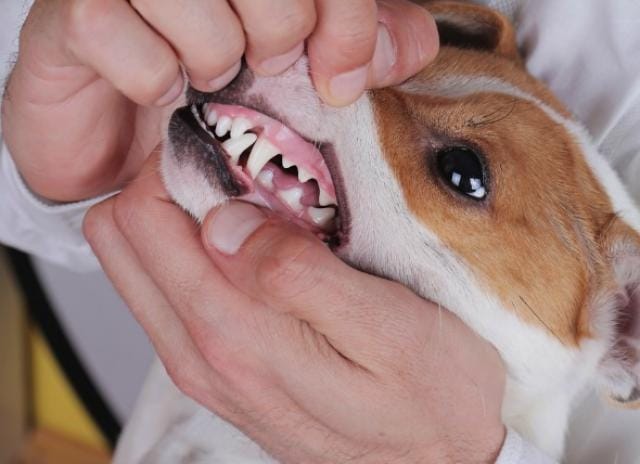
Mouth Inflammation And Ulcers Chronic In Dogs Petmd

Mouth Cancer Gingiva Fibrosarcoma In Cats Petmd

Common Oral Tumors In Cats And Dogs Vet In Aurora The Animal Dental Clinic
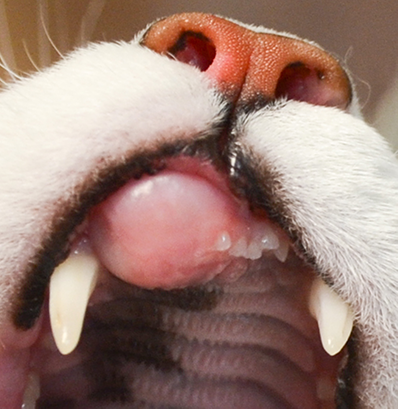
Oral Tumors In Cats An Overview Vca Animal Hospitals

Tuffy Yellow Lab Currently Pregnant Due May 7 2014 Golden Retriever Labrador Tuffy
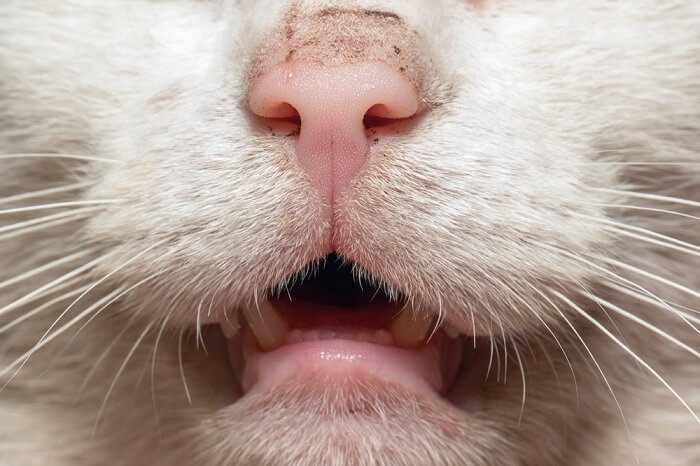
Mouth Cancer In Cats Causes Symptoms Treatment All About Cats

Managing Fibrosarcoma In Cats And Dogs Mommy S Memorandum
Oral Tumors In A Cat In Southwest Florida
/GettyImages-481566914-fe696ce249584e0a95ec7b12706052c4.jpg)
How To Treat Mouth Cancer In Dogs
/GettyImages-11673268481-ff230807a7e04e2db8e38e148edb19a5.jpg)

